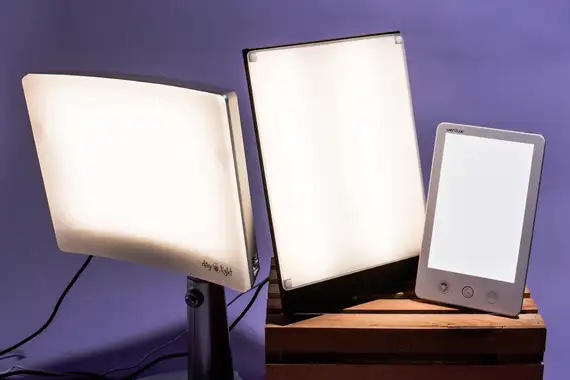Dark days are upon those among us with seasonal affective disorder (SAD). The darkness cast on mood and behavior has been enlightened by some not completely surprising good news. The the gold standard of treatment for SAD, light therapy, has been usurped by psychotherapy’s gold standard: cognitive behavioral therapy (CBT). This is great news for the 14 million Americans who suffer from SAD. SAD primarily affects those in the northern states, where nearly 10 percent suffer, but Floridians and others who in live in the southern states are not immune.
A new study to be published today November 5 in the American Journal of Psychiatry found that light therapy is more palliative, whereas CBT is more preventative, showing significant success in preventing relapses. Of the 177 study participants treated for six weeks with either light therapy or CBT, 46 percent in the light therapy group reported depressive symptoms compared to 27 percent in the CBT group. The light therapy group also reported more severe symptoms. Compliance with the light therapy regimen is difficult because it requires 30 minutes to an hour of light exposure for up to five months. Thirty percent of users discontinue the light by their second winter.
CBT is a popular and scientifically proven form of psychotherapy that focuses on current problems by reframing specific patterns of thinking that affect behavior in particular situations. A tailored version of CBT taught participants to challenge specific negative thoughts about the dark winter and then to resist behaviors, such as social isolation, that effect mood and lead to depression. Dr. Kelly Rohan, psychology professor from the University of Vermont led this first large-scale study to investigate the effectiveness of light therapy over time. The research was funded by a $2 million grant from the National Institute of Mental Health, part of the National Institutes of Health.
Given the difficulty in persisting with light therapy and large number of Americans suffering from the recurrent disorder, CBT may be the better treatment option in the long term, Rohan said.















